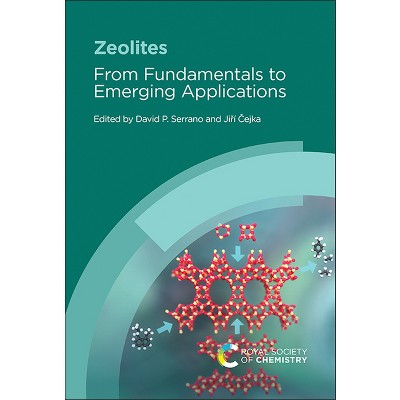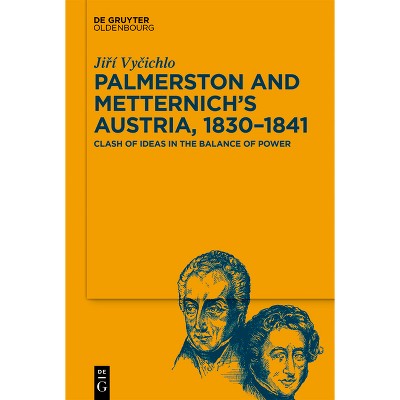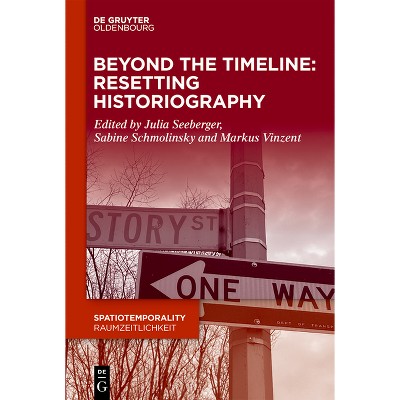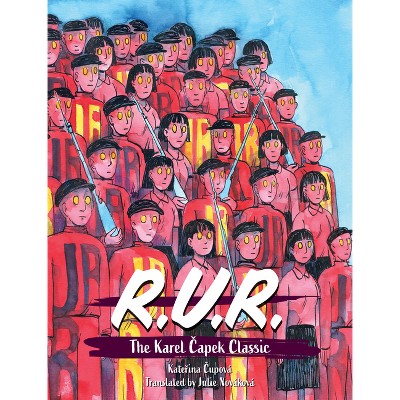Spaces for Diplomacy - (Spatiotemporality / Raumzeitlichkeit) by Tomás Č & ernusák & Jiř & í Hrbek & Stě & pán Vácha (Hardcover)

About this item
Highlights
- For the majority of Emperor Rudolf II's rule (1576-1612), Prague was the city of his permanent residence.
- About the Author: Tomás Černusák, Czech Academy of Sciences, Brno; Jiří Hrbek and Stěpán Vácha, Czech Academy of Sciences, Prague.
- 230 Pages
- History, Modern
- Series Name: Spatiotemporality / Raumzeitlichkeit
Description
Book Synopsis
For the majority of Emperor Rudolf II's rule (1576-1612), Prague was the city of his permanent residence. The ruler's presence, as well as the presence of his court, attracted diplomats and diplomatic actors. They included ambassadors permanently representing leading European rulers, smaller or larger foreign delegations coming to the emperor with specific temporary tasks, numerous agents representing smaller states or interests of various individuals. Their activities were connected to a certain space, which can be understood in two senses: as a topographically defined place and as a social space formed or influenced by people acting on the other hand. The book uses various examples of diplomatic actors in Prague to explore interesting questions:
Which places in Prague could be considered the key ones from the diplomatic actors' point of view?
How did the main aims of the diplomats - that is negotiation, information-gathering, and representation - manifest themselves in various places?
How did the diplomatic actors perceive the space of the residential city?
Did the diplomatic actors attempt to somehow modify, delimit, or transform their spaces themselves?
About the Author
Tomás Černusák, Czech Academy of Sciences, Brno; Jiří Hrbek and Stěpán Vácha, Czech Academy of Sciences, Prague.
Shipping details
Return details
Trending Non-Fiction











